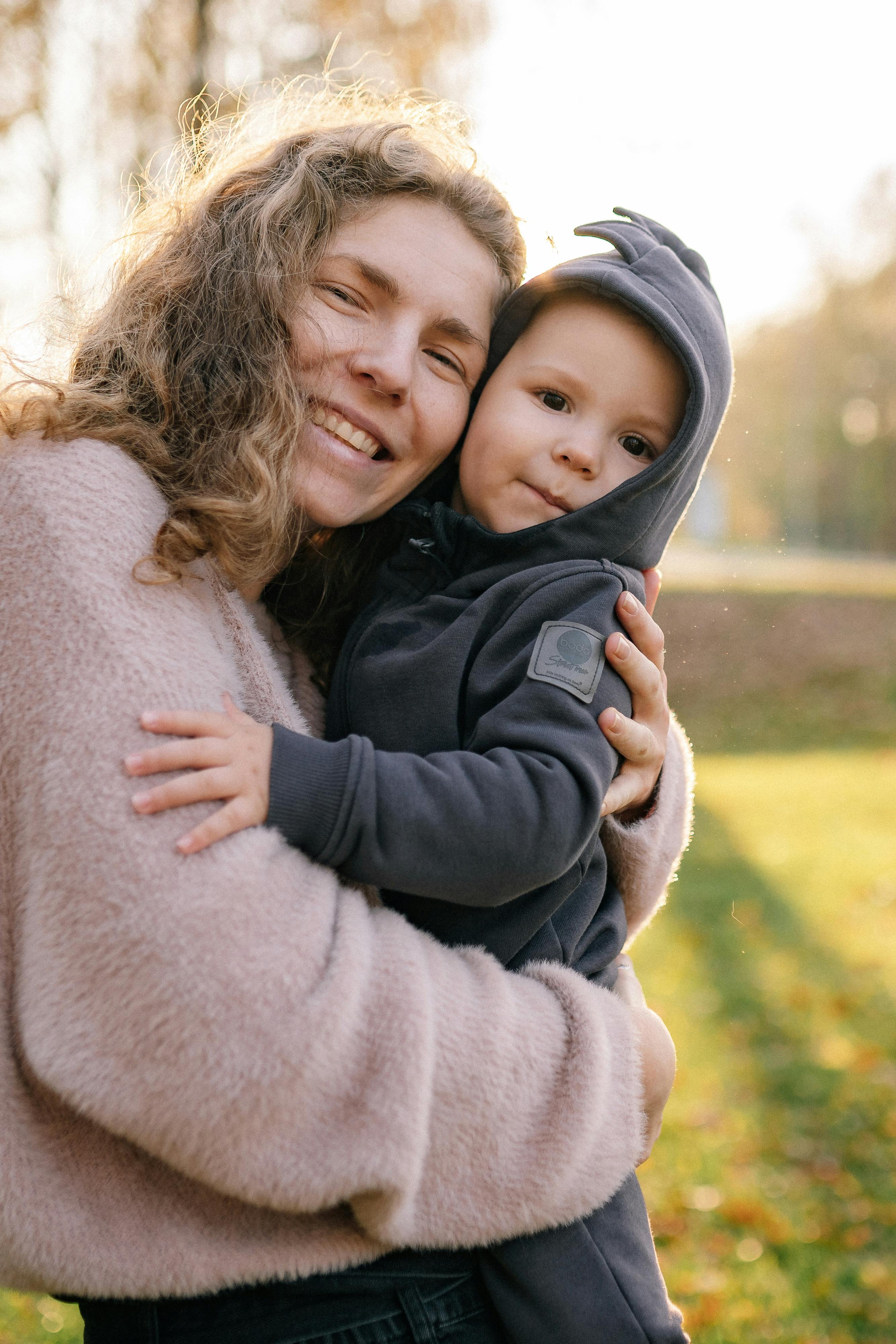Table of Contents
Communicating Your Child’s Medical Information
One of the first steps in creating an emergency plan for your babysitter is to communicate your child’s medical information. Make sure to provide your babysitter with a list of your child’s allergies, medical conditions, and any medications they may be taking. It’s also important to include your pediatrician’s contact information in case your child needs medical attention. By ensuring that your babysitter is aware of your child’s medical needs, you can help them respond appropriately in case of an emergency.
On-Demand Childcare in Your Neighborhood
Book a Sitter
Sharing Emergency Contacts
In addition to your child’s medical information, it’s essential to share emergency contacts with your babysitter. Provide them with a list of trusted family members, friends, and neighbors who can be contacted in case of an emergency. Make sure to include your own contact information as well, so that your babysitter can reach you quickly if needed. Having a list of emergency contacts readily available can help your babysitter make quick decisions and seek help when necessary.
Outlining Emergency Procedures
When creating an emergency plan for your babysitter, it’s important to outline specific emergency procedures. Discuss with your babysitter how to handle common emergencies such as fires, accidents, and injuries. Make sure they know where emergency exits are located in your home and how to evacuate safely. It’s also helpful to provide your babysitter with a written list of step-by-step instructions for different emergency scenarios. By outlining emergency procedures in advance, you can ensure that your babysitter is prepared to act quickly and decisively in case of an emergency.

Providing a First Aid Kit and Emergency Supplies
Another crucial aspect of creating an emergency plan for your babysitter is providing them with a first aid kit and emergency supplies. Make sure your babysitter knows where the first aid kit is located in your home and how to use its contents. Stock the first aid kit with essentials such as bandages, antiseptic wipes, and adhesive tape. It’s also a good idea to have emergency supplies such as flashlights, batteries, and non-perishable snacks on hand.
By equipping your babysitter with these essential items, you can help them handle emergencies effectively until help arrives.
Practicing Emergency Drills
To ensure that your babysitter is well-prepared for emergencies, consider practicing emergency drills with them. Simulate different emergency scenarios such as a fire or a minor injury and walk through the steps of your emergency plan together. Practice evacuating your home using different exits and meeting points outside. By rehearsing emergency drills with your babysitter, you can help them feel more confident and capable in handling unexpected situations. Remember to have open communication with your babysitter and encourage them to ask questions and seek clarification as needed.
In conclusion, creating an emergency plan for your babysitter is a proactive way to ensure the safety and well-being of your child in your absence. By communicating your child’s medical information, sharing emergency contacts, outlining emergency procedures, providing a first aid kit and emergency supplies, and practicing emergency drills, you can empower your babysitter to handle emergencies with confidence. Remember to review and update your emergency plan regularly to ensure that it remains relevant and effective. By working together with your babysitter to create an emergency plan, you can have peace of mind knowing that your child is in safe hands.










